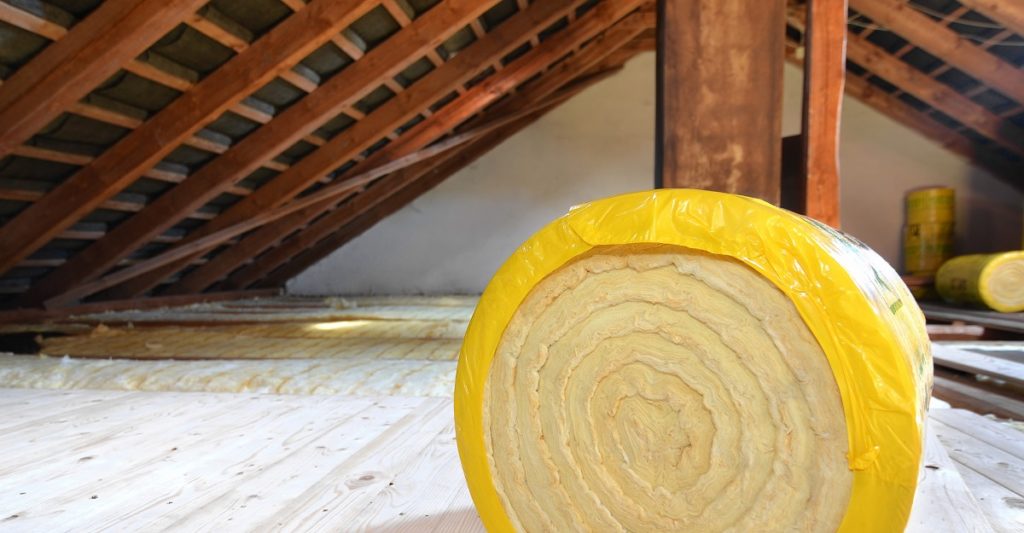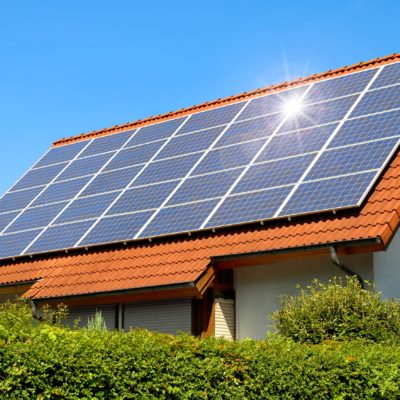The Spring Budget Statement announced additional VAT relief for the installation of energy saving materials (ESMs)
Zero rate VAT will apply to qualifying installations from 01 April 2022 until 31 March 2027. From 01 April 2027 the VAT rate will return to 5%.
Apart from the VAT rate reduction, the main change is that both the social policy test and the 60% test have been removed permanently – greatly simplifying the eligibility process.
The list of qualifying installations remains the same, with wind and water turbines having been added back – after being removed in October 2019.
New dwellings
The new relief will not affect new dwellings, as the construction of these is already zero rated.
Qualifying premises
The relief only applies to installations of ESMs in, or in the curtilage of residential accommodation, this includes:-
- Houses, blocks of flats or other dwellings;
- Armed forces residential accommodation;
- Children’s homes;
- Homes providing care for the elderly, disabled people, or people who suffer or have suffered from drug or alcohol dependency or mental disorder;
- Hospices;
- Institutions that are the sole or main residence of at least 90% of their residents;
- Monasteries, nunneries and similar religious communities;
- Residential accommodation for students or pupils;
- Self-catering holiday accommodation;
- Caravans used as a place of permanent habitation (such as a park home or static caravans sited on a permanent residential caravan park); and
- Houseboats that are designed or adapted for permanent habitation and have no means of self-propulsion, or other boats which are used as a person’s sole or main residence, such as canal boats and Dutch barges, on which the boat owner pays Council Tax or domestic rates.
The relief does not apply to the installation of energy-saving materials in hospitals, prisons or similar institutions, hotels or inns or comparable establishments.
Qualifying installations
It is only the installation of ESMs that qualifies for the relief. Installation, in this context, means putting in place energy-saving materials, involving some process by which materials are permanently fixed in place – although loft insulation may simply need to be unrolled and positioned in place to be installed.
The supply of ESMs without installation, such as a thermostat purchased from a builder’s merchant, will be subject to VAT at 20%. If you then contract someone to install this for you they can zero rate their installation service.
The ESMs that qualify for relief are:
Controls for central heating and hot water systems, including
- Manual or electronic timers;
- Thermostats; and
- Mechanical or electronic valves, including thermostatic radiator valves.
Draught stripping
Draught stripping products are strips that are fixed around windows, interior and exterior doors, and loft hatches to reduce draughts.
Insulation
Insulation means materials that are designed and installed because of their insulating qualities. This includes insulation for:
- Walls;
- Floors;
- Ceilings;
- Roofs or lofts; and
- Water tanks, pipes or other plumbing fittings.
The relief does not apply to products such as curtains and carpets which are not usually installed simply as insulation.
Solar panels
Solar panels include all systems that are installed in, or on the site of, a building and that are:
- Solar collectors such as evacuated tube or flat plate systems, together with associated pipework and equipment, such as circulation systems, pump, storage cylinder, control panel and heat exchanger; and
- Photovoltaic (PV) panels with cabling, control panel and AC/DC inverter.
Wind turbines
The installation of all equipment essential to the operation of wind turbines, including mounting poles, electrical cables, battery banks and voltage controllers.
Water turbines
The installation of all equipment essential to the operation of water turbines, including electrical cables, battery banks and voltage controllers.
Ground source heat pumps
These transfer energy from the natural heat stored in the earth to heat the home and domestic hot water. They can also be used to augment existing heating systems in the same way as solar panels.
Air source heat pumps
Air source heat pumps use the air as a source of heat. They absorb heat from the outside air which can be used for radiators, underfloor heating and hot water within the home.
Some air source heat pumps can be reversed so that they draw heat from inside a building, thus providing cooling during the summer as well as indoor heating for colder periods of the year.
While the legislation for energy-saving materials (Note 1 of Group 2 of Schedule 7A of the VAT Act 1994) includes air source heat pumps within the meaning of energy-saving materials, it does not refer to air conditioning units. Deciding whether a particular product is to be treated as an air source heat pump will depend on the facts of the case.
Micro combined heat and power units
These produce heat and hot water but, in addition, they also generate electricity.
Wood-fuelled boilers
These are boilers designed to be fuelled solely by wood (including wood chips and pellets), straw or similar vegetal matter.
Some boilers need hoppers to feed the fuel into the boiler. Where a hopper is integral to the installation of the boiler it’s included within the scope of the reduced rate.
The relief does not apply to installations of ‘multi-fuel’ or ‘dual-fuel’ boilers which are designed to burn other non-renewable fuels such as coal or oil as well as wood, nor does it cover stand-alone wood-burning stoves.
The construction or conversion of buildings or extensions for use as log or fuel stores also falls outside the scope of this relief
Installations involving ancillary works, or as part of a larger contract
The relief applies to installations of energy-saving materials, together with any ancillary supplies. Whilst ESMs may be installed as part of a larger project, such as a renovation or extension, in these cases the VAT liability of the main supply will dictate the VAT liability, and the relief is unlikely to apply.

Here are some examples
An ancillary supply is a supply of goods or services that is a better means of enjoying the principal supply, for example, installing loft insulation but having to cut a new loft hatch in the ceiling and making good to access the loft.
- The cutting of the loft hatch and making good is, in itself, a simple construction supply, but as the services have been carried out solely in support of the loft insulation, they become ancillary. However, if you replace your existing roof with a new insulated one, the insulation clearly is a better way of enjoying the new roof and so the insulation is ancillary to the new roof. As the supply of the roof is standard rated, this applies to the whole job including the insulation.
Sometimes, when individual goods and services are provided together, there is not a single dominant supply and the individual goods and services supplied together have equal importance but take the form of something else. For example:
- A central heating system may consist of a conventional boiler, radiators, copper pipe, radiator valves, heating controls and so on. Supplied on their own, they are separate supplies in their own right but, supplied together, they form a single supply of a central heating system. While some components of the central heating system may be zero rated as ESMs if supplied on their own, where they are all supplied together they are part of a single supply of a central heating system and, since a central heating system is not included in the list of ESMs eligible for the relief, the whole supply is standard rated.
A further example would be the construction of an extension of a house.
- While the walls and roof space would be insulated, this is just one part of the construction of the whole extension and since there is no reduced rate for the construction of an extension, the supply is standard rated.
Where more than one job is being undertaken at the same premises, the VAT liability will depend upon the circumstances. For example, if you’re contracted to build an extension and, as part of the same contract required to fit thermostatic valves to all the radiators in the house, this is a single standard-rated supply of construction services.
However, if you have a contract to build an extension and sometime after the work has commenced, the homeowner separately asks you to install thermostatic valves, this is a separate supply. This separate supply will be zero rated.
This can be a complex area, please get in touch with our VAT expert for further details.

